
All of us have our favorite colors. Some prefer blue, while others prefer red. Some people love the peace of white and others may hate it for its bareness. What we could agree on is that most of us favor basic or well-known colors. Obviously, there are more colors than what we see every day, and even different shades of colors we already know. But did you know that rare colors exist?
Some colors are so rare that most people are unaware of their existence. Some of them are the colors of things that exist in nature. Others only exist as the colors of artificial things. Some may be similar to familiar hues, while others are definitely not well-known. Here is a list of 20 rare colors you’ve probably never heard of.

Amaranth

The color amaranth takes its name from the plants of the same name. It is a shade of red.
Incidentally, sources don’t seem to agree on what exact hue is considered amaranth. One source claims that the name refers to a shade of pink that’s actually the stereotypical color of bubblegum. Others suggest that the name refers to a darker shade that’s more similar to the eponymous plant. Whatever the case, the name and the color are definitely unique.
Australien

Australien is such an obscure color that it doesn’t even have a Wikipedia article. In fact, if you search for “Australien” online, you’re more likely to find hits about Australia. That’s because “Australien” is actually the German name for Australia.
As for the color, the 1897 fashion guide House Decoration gave the hue its name. The guide stated that the colors of the Outback inspired the name. The Outback, as you may know, is the large desert that makes up much of Australia’s territory. Like many deserts, the Outback has a brownish hue. However, the Outback’s brown is also somewhat reddish.
According to the aforementioned guide, the color was apparently quite popular in Victorian England. Many women’s dresses had the color.
Banan
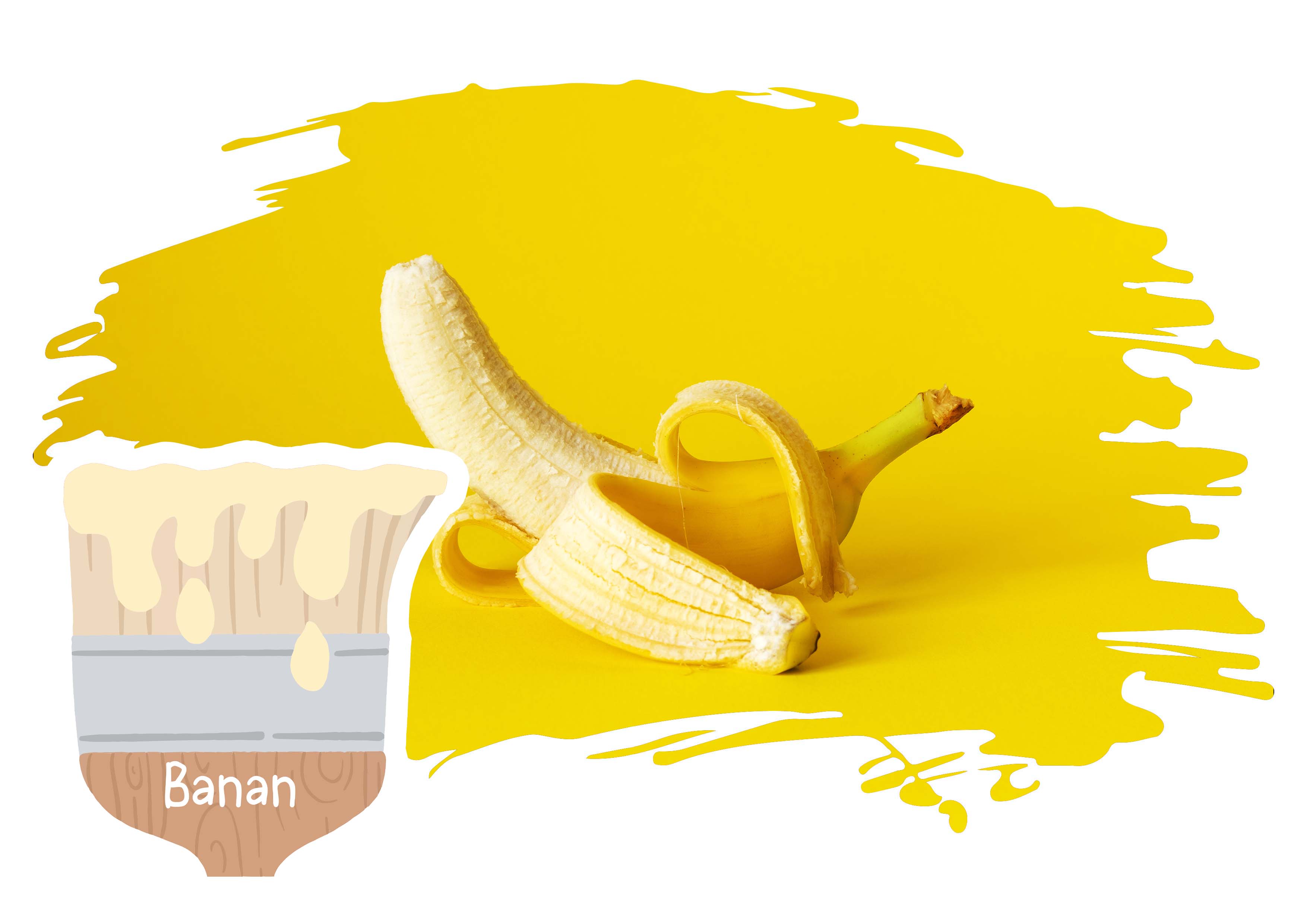
Banan may be one of the rare colors on this list, but it’s probably the most delicious. As you can probably tell, it takes its name from the banana. Interestingly enough, it also has a very fun alternative name: “Banan-appeal”. Yup: you read that as “banana peel! Incidentally, sources state that this shade is similar to the color you find within the banana peel, hence the name.
Oh, and by the way, the name “banana” itself may have come from an Arabic word meaning “finger. Maybe this entry will make you crave a banana sooner rather than later.
Burlywood

Burlywood is one of those rare colors that have an exotic origin. It’s a shade of brown that gets its name from a tree native to India. In particular, the hue refers to the shade of brown seen in wood made from that tree. The tree in question, Butea frondosa, can also be found in the rest of South and Southeast Asia.
Celadon
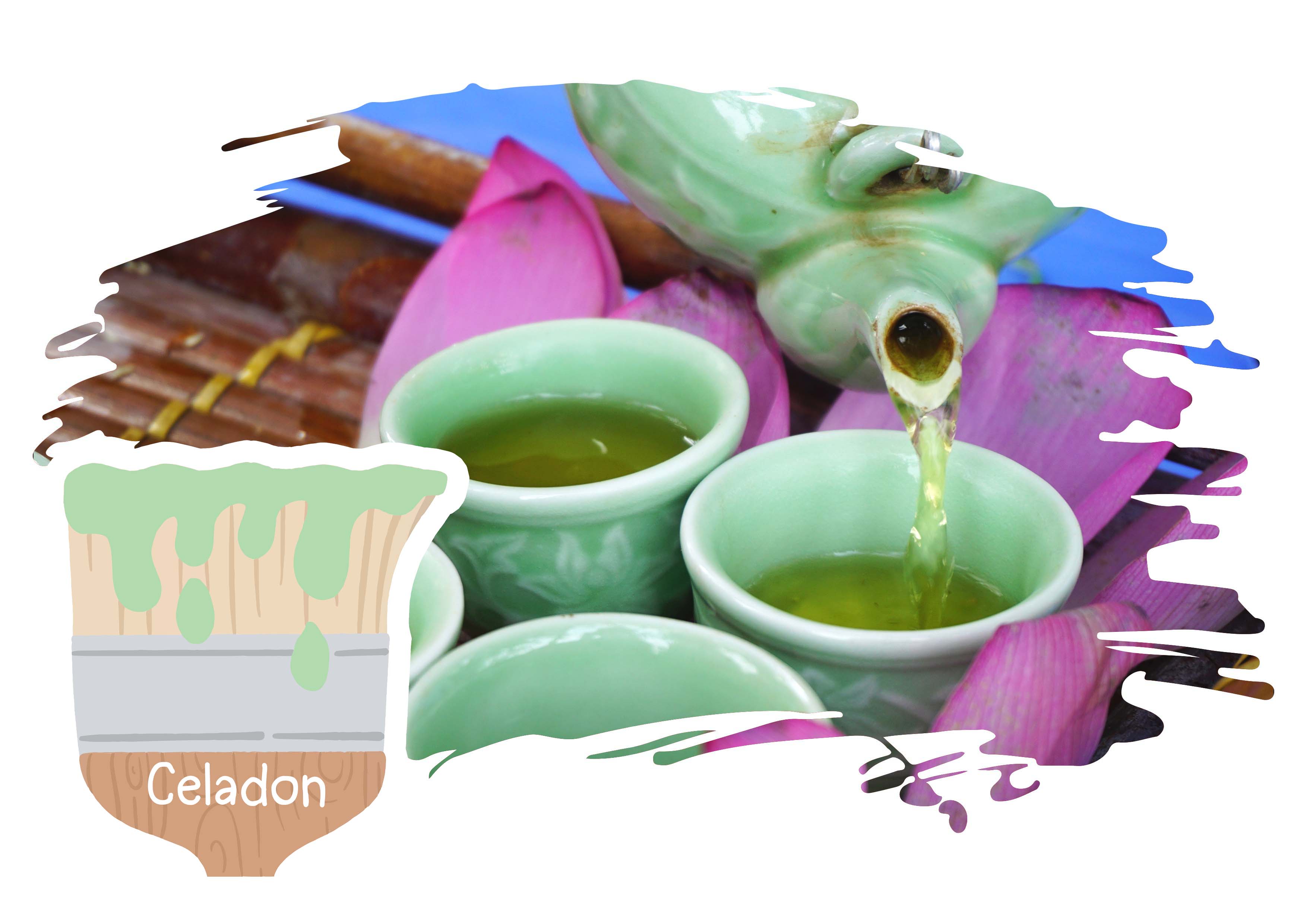
If you’ve played Pokémon Red and Blue or their remakes and sequels, you may be familiar with this color. That’s because Celadon City is one of the cities in the games.
Celadon is a light shade of green that experts believe first originated in China. This is because celadon is the color of the most familiar form of jade. Indeed, if you think of things made from jade, they would typically have a celadon color.
Jade is not the only thing that can come in celadon, however. Many Korean porcelain ceramics also had this color. Indeed, “celadon” became a general term for Korean ceramics even if they came in other colors. That association was that strong.
Coquelicot

You’re probably not familiar with this rare color with a strange name. However, you may be familiar with the flower from which the color gets its name. Coquelicot is a shade of red that takes its name from a French word for the poppy flower. The poppy is one of the most familiar flowers around. In Europe, it is particularly associated with World War I veterans, particularly ones who died in battle. Thus, coquelicot does have quite a poignant meaning behind it.
Drake’s-Neck
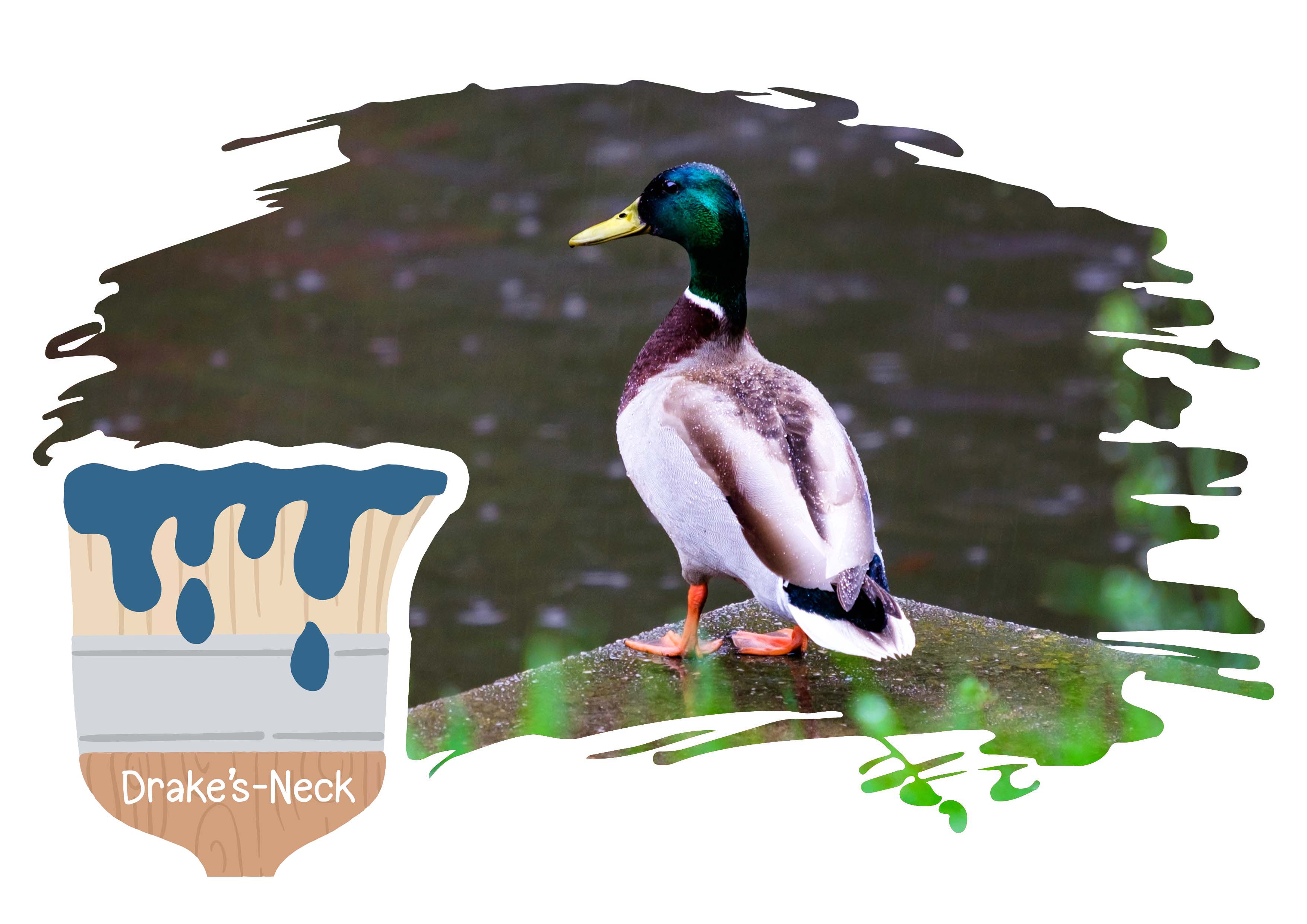
No, this color is not named after the Canadian rapper or his neck. No, it has nothing to do with either the Toronto Raptors or the Hotline Bling meme. It does have to do with dinosaurs… sort of. We’ll explain why in a bit.
Drake’s-Neck is a pretty interesting name for a shade of blue. What does it have to do with dinosaurs? It does so in the most tenuous way possible. The color is named after a duck. Specifically, a male duck. A drake is a male duck, and many drakes have a dark blue color somewhere on their bodies. Those blue areas are what gave the color its name. And where do dinosaurs come in? Well, ducks are birds, and as you may have learned in school, birds descended from dinosaurs. In fact, many biologists say that birds are dinosaurs. So maybe you could say the color is named after a raptor, after all.
Falu
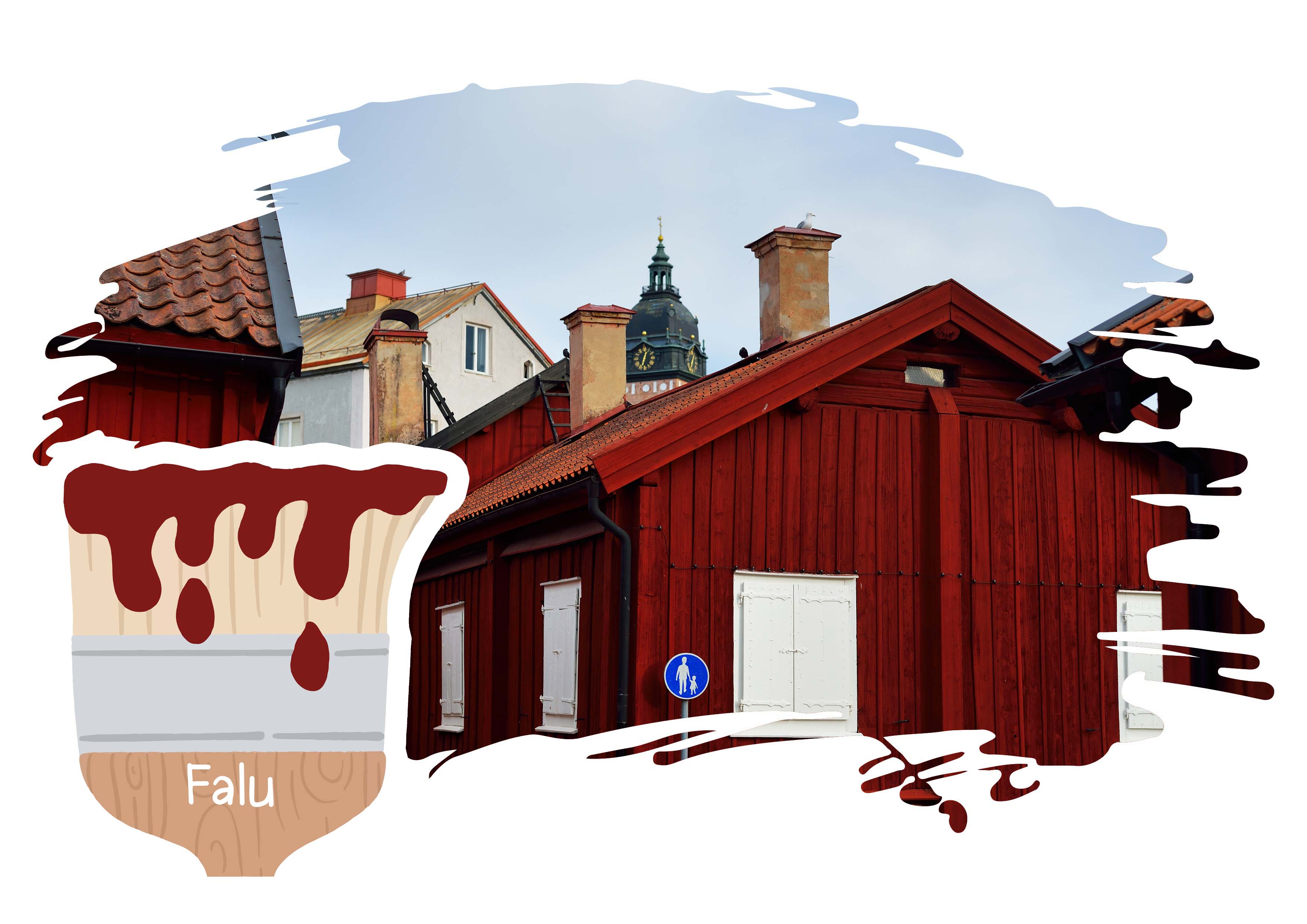
The color Falu is another one of those rare colors with an interesting history. The mining city of Falun, Sweden is the origin of the color’s name. Falun was best-known for its copper mining industry. While the mines closed almost 30 years ago, the city still celebrates its heritage. Notably, at the city mines‘ peak, they produced over half the world’s copper supply.
It’s no surprise that the color Falu refers to a copper-like shade of red. Interestingly, it’s common not just in Sweden but in neighboring Norway and Finland as well. That is because these countries use it in coloring barns, much like the iron red color seen in American barns.
Feldgrau
 You may be thinking that this color sounds European. And it is. Its name actually means “field gray” in German, but others have also described it as being a khaki color.
You may be thinking that this color sounds European. And it is. Its name actually means “field gray” in German, but others have also described it as being a khaki color.
Feldgrau does have a bit of a dark history, however. German soldiers used the color right until the end of World War II. Yes. It was one of the colors used by the Nazis. Despite that unsavory connotation, other militaries have also used the color. This is perhaps because gray is a common color in military uniforms around the world. Even today, many forms of khaki clothing have it.
Gamboge

Gamboge is probably one of those rare colors that’s rare in the West. However, it is very common in some parts of Asia, where it has a very special meaning. It’s a shade of orange that’s similar to saffron. Hindu and Buddhist monks wear orange robes, a color chosen because they associated it with piety. In Cambodia and elsewhere, manufacturers get the color from tree resins.
Incidentally, the powder used in gamboge coloring is also a powerful laxative and diuretic. Thus, if you ever encounter the substance, don’t consume it!
Gingerline

Despite its name, gingerline isn’t the color of ginger. In fact, it’s not even a shade of brown at all. Notably, sources don’t even agree on what kind of color gingerline is in the first place. Some describe it as being a shade of yellow. Others say it’s a shade of orange. Multiple sources describe the color as being that of kumquats. Meanwhile, some sources even claim that gingerline is actually a reddish color! For a name you’d expect to be straightforward, gingerline has created quite a debate! Oh, how you’d wish it was just a shade of brown so that things would be so easy.
Labrador

Labrador is yet another one of those rare colors that people can’t agree on what it actually is. While many sources claim it’s a shade of blue, others suggest it might actually be brown or gray! The confusion may come from its origin, a mineral called labradorite. Labradorite can come in shades of gray or blue, and as its name suggests, comes from Labrador in Canada. While most labradorite stones have a bluish color, many also have shades of green. It’s a bit of a surprise that labrador doesn’t refer to green too. In actual fact, the color is closer to cream.
Mikado

Mikado is another one of those rare colors whose name actually refers to multiple hues. The color most commonly called mikado is a shade of yellow. However, shades of brown and orange with the same name also exist.
The name “mikado” means “honorable gate”, perhaps referring to the gates of imperial palaces. East Asian nations considered yellow to be the color of royalty, and Japan was no exception. The color is similar to that of the chrysanthemum, the imperial flower of Japan.
Nattier
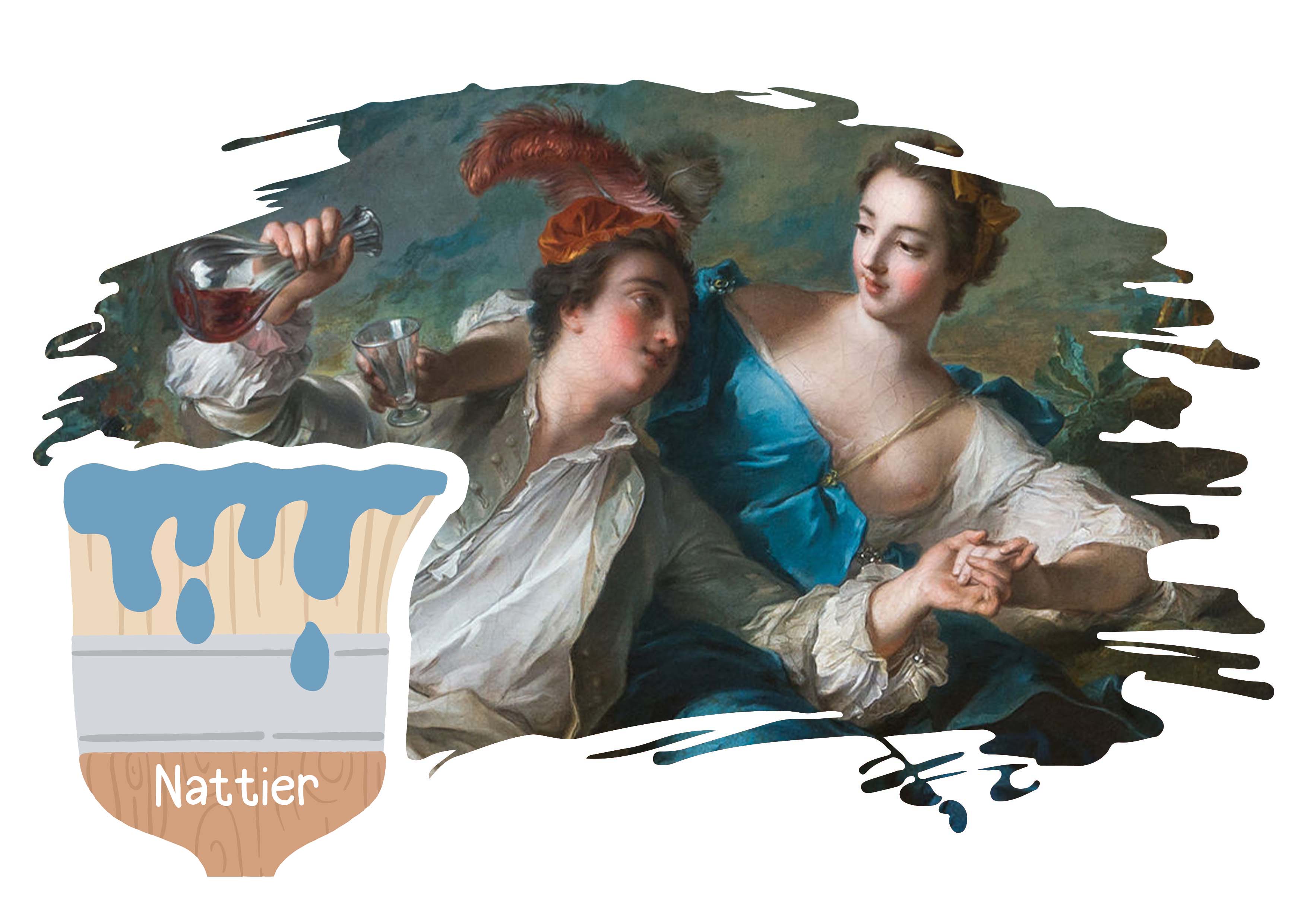
No, Nattier is not a nutty brown color. It’s a rare and obscure shade of blue that has French origins. It’s named after Jean-Marc Nattier, a French painter who often used the color in his paintings. Nattier painted portraits of French women, many of whom wore clothing of the color that now bears his name. Another name for the color is Bleu Nattier, which gives away the fact that it’s a shade of blue.
Nattier himself was quite an accomplished artist. Among his paintings include The Comtesse de Tillières, also known as “The Lady in Blue.” Interestingly enough, Nattier’s portraits were so lifelike that many of his contemporaries thought he was using makeup instead of paint!
Puce
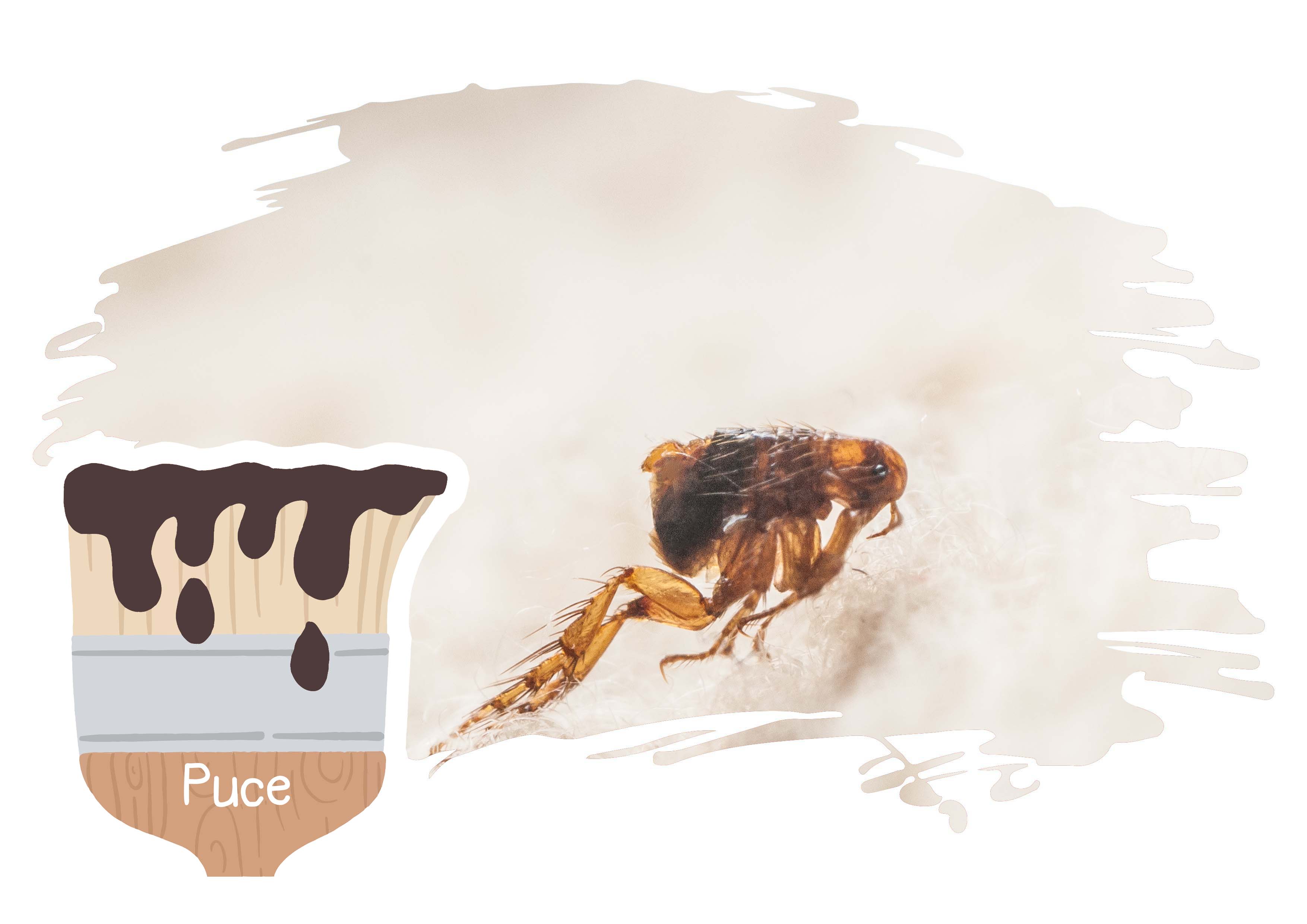
Puce is one of the more interesting rare colors on this list. You may think that, based on its spelling, it may be somewhat related to puke. However, this color (which is a shade of brown or pink depending on which source you consult) has a funny origin.
Puce is actually the French word for flea. The comparison happened because, according to one story, Marie Antoinette had a dress with this color. Her husband, Louis XVI, said that the dress “is puce. This was apparently because the dress’s color resembled that of fleas. You would think that such an unsavory and gross connotation would have hurt the color’s reputation. However, people actually highly regarded and sought after it!
Sarcoline

Sarcoline is one of those rare colors that are nevertheless important to specific industries. It’s obviously not a household name, but there’s one field where it’s very important. Sarcoline actually means “flesh-colored”. Appropriately for a color with that name, makeup artists use pigments of that color in makeup.
Vermilion

A rare color with a Pokémon city named after it. The color vermilion is a shade of red-orange. Historically, people ground down the mineral cinnabar to produce a powder of this color.
Vermilion is often called the “color of life”. This is probably because its color is similar to that of blood, and blood sustains life. This association with blood also led to other associations, such as links to royalty and war. Today, it does have a more benign use: it’s one of the colors in a box of Crayola crayons.
Watchet

This is another of those rare colors whose etymology is shrouded in history. Something that you wouldn’t expect for what is ultimately a light shade of sky blue. One possible origin is that the name is based on a French word for a kind of sky blue. However, a popular folk etymology is that it is instead named after a small town in England. Whatever the case, watchet is quite a rare color, but at least it’s pretty to look at.
Xanadu

When you hear the term “xanadu“, you may either think of films or the legendary city. However, it’s also the name of a relatively rare color. In particular, it’s a shade of green that’s almost gray. Indeed, its color is close to what many retailers would call “khaki” even though it’s not really khaki. It’s one of those rare colors that at least has a pretty cool name. Considering khaki’s association with adventure, maybe that connection is fitting.
Zaffre

And finally, we have arrived at the last color on our list. Zaffre is one of those rare colors whose name may be unfamiliar, but which may sound vaguely familiar anyway. It is a shade of blue which takes its name from the Italian word zaffira, which means sapphire. Yes, it’s supposed to represent the color of sapphires.
Despite the name, zaffre did not originate from sapphire. In fact, zaffre was originally produced from cobalt. Chemical processes involving cobalt compounds can create blue colors. When this process was first discovered, it was a big deal because these blue colors did not fade easily.
Interestingly enough, while people associate sapphires with the color blue, they can come in other colors as well. In fact, green sapphires are fairly common. Meanwhile, sapphires that come in other colors such as yellow and pink also exist.
Was this page helpful?
Our commitment to delivering trustworthy and engaging content is at the heart of what we do. Each fact on our site is contributed by real users like you, bringing a wealth of diverse insights and information. To ensure the highest standards of accuracy and reliability, our dedicated editors meticulously review each submission. This process guarantees that the facts we share are not only fascinating but also credible. Trust in our commitment to quality and authenticity as you explore and learn with us.
